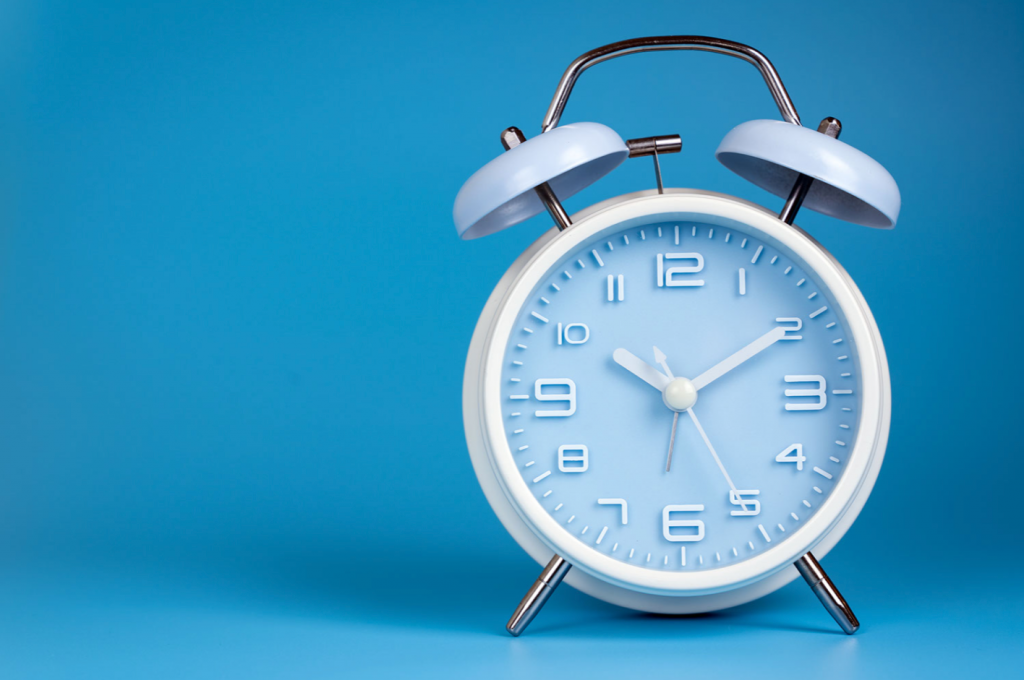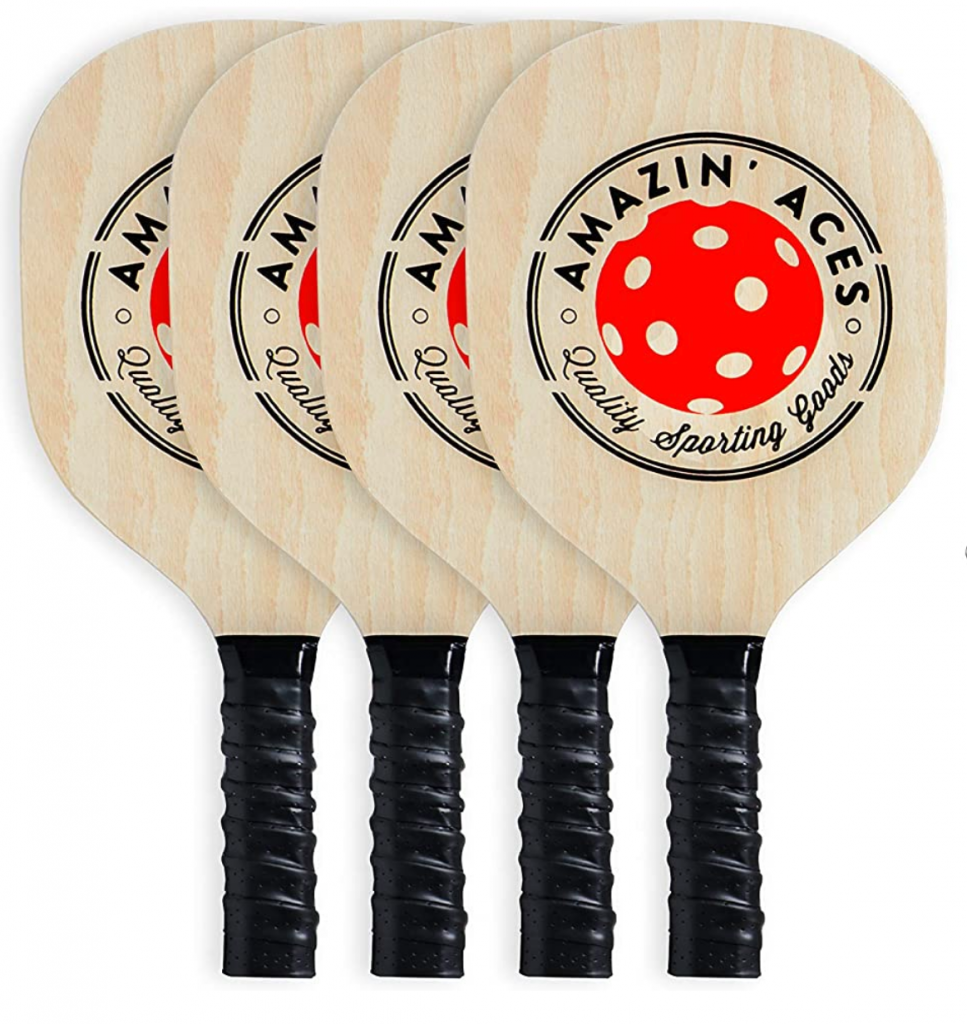Last Updated on November 20, 2025 by Drew Pierce
The longevity of a pickleball paddle is based on the frequency of play, the aggressiveness of your strokes, temperature, common-sense care, and several other variables.
The issue never occurred to me until two weeks ago when I was having a dreadful night on the court. Rather than self-reflect and recognize that I was tired, distracted, and frustrated, I did the next logical thing–I blamed my paddle. Equipment malfunction!
Despite being comprised of a “Proprietary Polymer Composite” with a “Proprietary Omni-directional friction based Graphite,” my paddle is not indestructible.
Come to think of it, I had a dream a few weeks back, too–my paddle handle detached from the face. Wow, pickleball anxiety creeping into my subconscious? Oy!
We both know that my lousy dinks and errant serves were due to mistakes I was making, but it begs the question, do pickleball paddles go bad?

How long can I expect my pickleball paddle to last?
The answer depends on the level of your game. For the recreational player, a pickleball paddle should retain its performance and durability for 1-5 years with regular use. However, if you are an avid tournament or drill player who plays intensively, you may find that your paddle will only maintain optimal quality for 3-6 months before it needs replacement.
Five months into playing exclusively with a single paddle, is its expiration date approaching? While she still performs like a champ, I can’t help but wonder if the sweet spot has lost a touch of sweetness.
Does it matter what my pickleball paddle is made from?
Different paddles are made from different materials like wood, composite, or graphite. The type of material used in the construction of the paddle can impact its durability and lifespan.
Composite and graphite paddles tend to last longer than wooden paddles, and are far more common these days. Both composite and graphite paddles are made from high-quality materials that are more resistant to wear and tear compared to wooden paddles.
Wooden paddles are typically heavier, less durable, and more prone to damage due to their construction. They can wear down more quickly, especially when exposed to harsh playing conditions or improper care. I usually only recommend wood paddles for someone who is looking for an inexpensive way to try the game.

Composite paddles, made from a blend of materials like fiberglass, carbon fiber, or aluminum, have better durability and performance than wooden ones. They offer a good balance between power and control, making them a popular choice for many players.
Graphite paddles are usually the lightest and most durable option, made with a graphite or carbon fiber surface. They offer excellent performance and are often preferred by advanced players due to their high level of responsiveness, control, and maneuverability.
However, it’s essential to note that the longevity of any paddle depends on several factors, such as the quality of construction, proper care, and usage patterns. No matter the paddle type, investing in a high-quality paddle and maintaining it properly will help ensure a longer lifespan.
How can I extend the life of my pickleball paddle?
- Never leave your paddle in the sun (when not in use) or locked up in a car during hot summer days. High temperatures damage the material of the paddle, and extreme cold weather can also have an adverse effect!
- To prevent unintentional scratches, always store your paddle in a pickleball bag or backpack when it’s not used.
- Refrain from tapping or clinking your opponent’s paddle between points or after the match. Every “touch” further wears down the lifespan of your pickleball paddle.
- Never lean on your paddle; undue stress on the handle and/or frame can catastrophically weaken the paddle’s structure.
- Consider protective tape around the edge guard to protect from scrapes and bruises.
- Perhaps a bit unique, but I would consider keeping multiple paddles in your rotation. If you’re like me, you might get attached to inanimate objects–including pickleball paddles. But you might extend the life of a paddle by cycling it in and out of play.

Is Pickleball Paddle Durability a Concern?
But what if your paddle has minor damage, like a hairline fracture or another internal issue that may not immediately impact play? That’s where common sense and instinct need to kick in; if something feels “off,” it likely is off. Be on the lookout for decreased power and control, and potentially less spin. Perhaps most importantly, you need to be honest with yourself, as more often than not, player error is to blame as opposed to equipment error.
How Do I Test My Paddle to Determine If It’s Deteriorating?
Unless you own an X-ray machine or have some time-consuming method to check a paddle’s health, there is no true way to test a paddle. To ensure your “sniff” test is up to muster, you might want to consider getting a demo of the same paddle to compare and contrast. But, of course, there’s no guarantee that the demo isn’t flawed!
How Long Does a Pickleball Last?
We’re glad you asked! Get the answer here.
The long and short of it is if you want longevity out of your pickleball paddle, keep it clean, replace your grip often, store it properly and use common sense.

1 thought on “The Truth: How Long Does a Pickleball Paddle Last?”